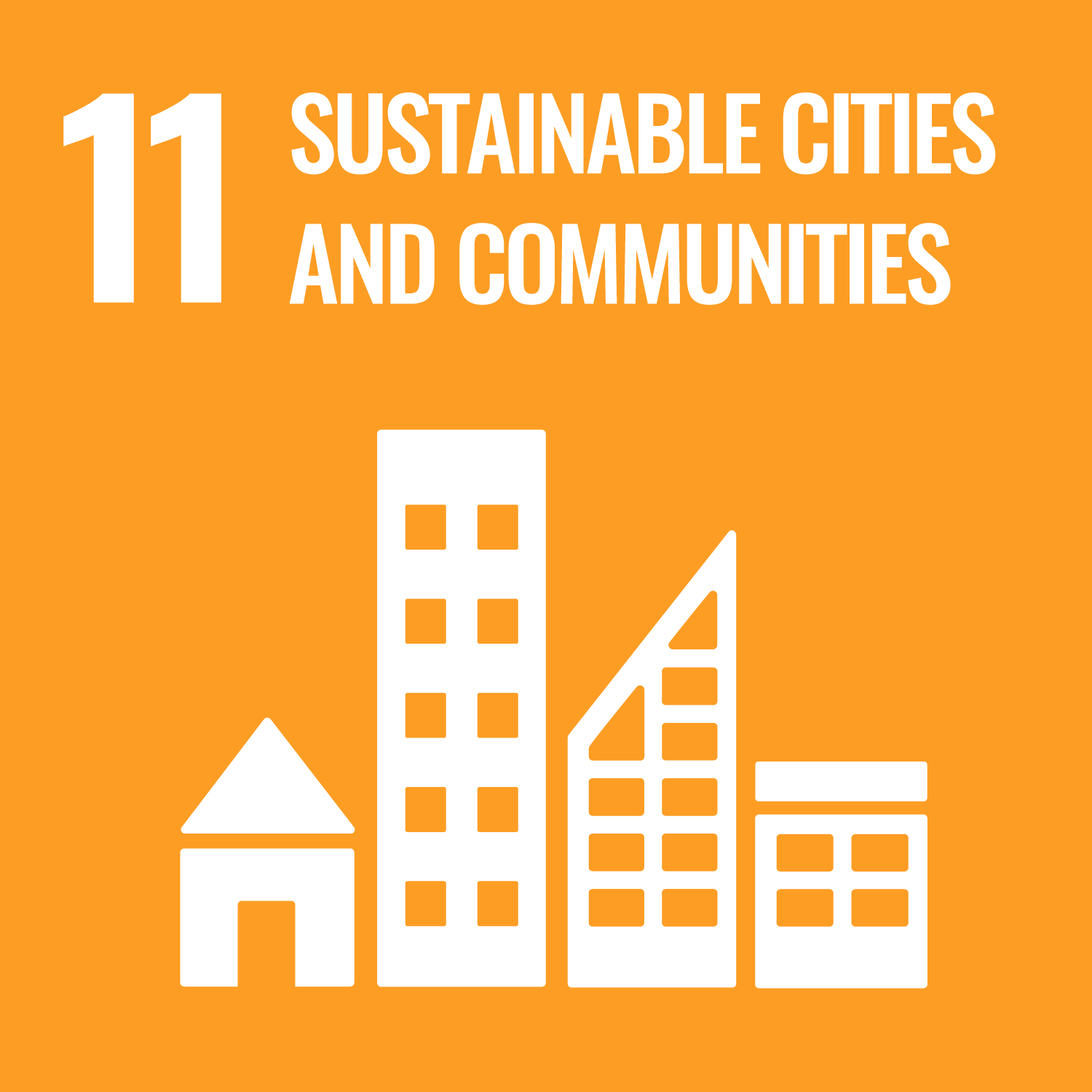SDG Detail
GEOP1080 - Urban Planet: Cities and Planning in the Anthropocene
NoneProject description
The unit focuses on two big ideas: urbanisation and the Anthropocene � a proposed epoch in which humans are driving planetary change. For the first time in human history, over half of the world�s population live in cities. Urbanisation and the political, cultural and economic structures that sustain urban life are key drivers of global environmental change. The unit asks the question: how are we to imagine, plan and govern cities in the Anthropocene epoch? How are cities contributing to global environmental change and what solutions might cities offer? Key dimensions of urban and planning theory and practice are introduced, including: urban infrastructures and mobilities, social change and social justice, urban political economy and governance, and sustainability transitions. Students will apply theory and practice to case studies of Australian and international cities to explore the problems and possibilities of living on an urbanised planet.
Project aims
?
Project outcome
1. Identify and describe historical and contemporary processes of urbanisation 2. Discuss the interconnections between cities, climate change and social justice 3. Explain how cites are imagined, planned and governed in theory and practice 4. Apply urban and planning theories to case studies of Australian and international cities 5. Communicate to diverse audiences using appropriately selected written, oral and visual means
Related SDGs
The corresponding sustainable development goals correlated with this project. You you click the icon to link to SDG category description page.









